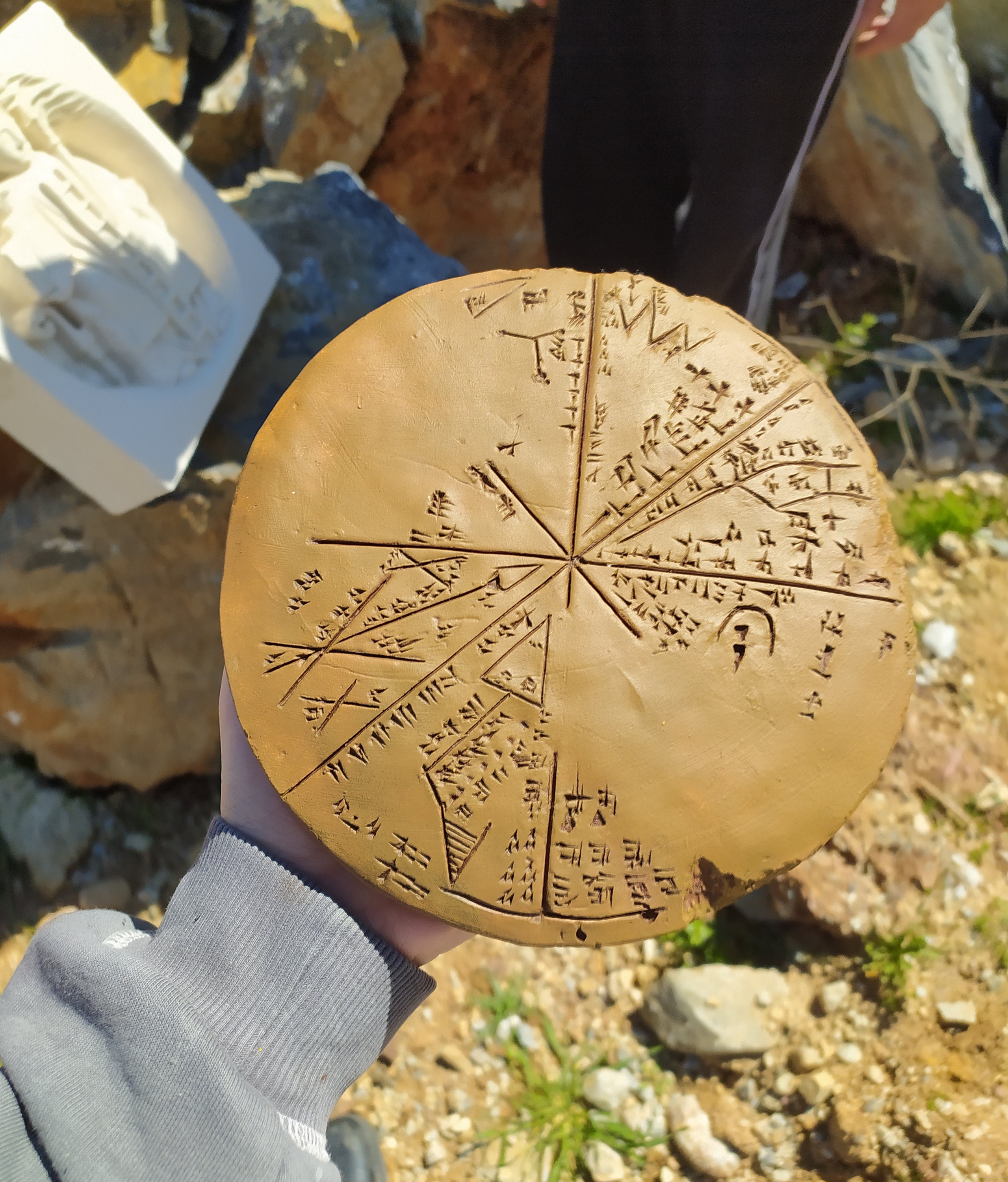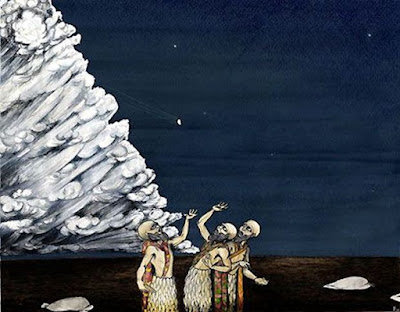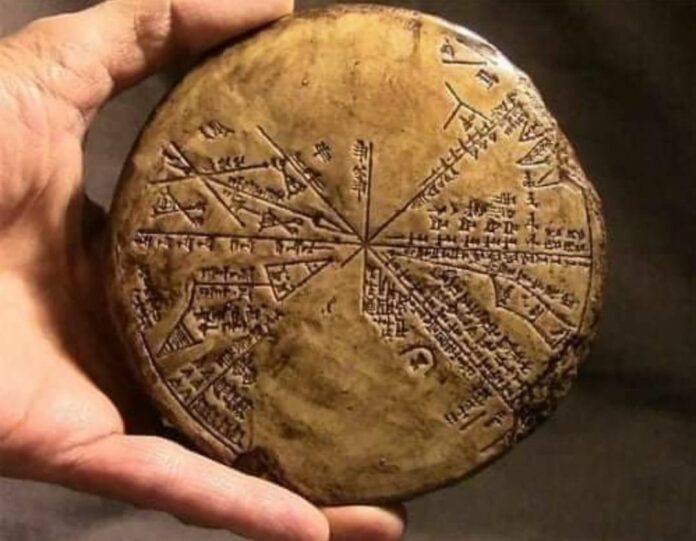Did the ancient Sumerians witness and document the impact of the Aten asteroid over 5,000 years ago? This question has intrigued scientists for over a century. A fascinating cuneiform clay tablet, recovered from the underground library of King Ashurbanipal in Nineveh, Iraq, has sparked a controversy in the scientific community. The tablet, known as the “Planisphere,” is believed to be of ancient Sumerian origin, predating the Assyrian civilization. Recent computer analysis has linked it to the sky above Mesopotamia around 3300 BC, shedding new light on the tablet’s significance.
The Astrolabe Tablet and The Köfels’ Impact Event
The tablet, referred to as an “Astrolabe,” is the earliest-known astronomical instrument. It comprises a segmented, disk-shaped star chart with inscribed units of angle measure along the rim. Despite approximately 40% of the planisphere being missing due to damage during the sacking of Nineveh, modern scholars have studied the tablet extensively. Its presence in the British Museum’s collection (No K8538) provides extraordinary evidence of sophisticated Sumerian astronomy.

In 2008, authors Alan Bond and Mark Hempsell published a groundbreaking book titled “A Sumerian Observation of the Köfels’ Impact Event.” Their translation and analysis of the cuneiform text revealed an astonishing narrative. The tablet seemingly records an ancient asteroid strike known as the Köfels’ Impact, which occurred around 3100 BC in Austria. The Köfels site comprises a massive landslide, 500 meters thick and five kilometers in diameter, which has puzzled geologists since the 19th century.
Controversial Interpretations
The earlier consensus among researchers attributed the Köfels’ site to a large meteor impact, considering the evidence of crushing pressures and explosions. However, this view lost favor as a better understanding of impact sites developed. The absence of a classic impact crater at Köfels raised doubts. Nonetheless, the tablet’s examination sheds new light on the connection between the sophisticated Sumerian star chart and the mysterious Austrian impact.

Detailed analysis of the clay tablet reveals that it is an astronomical work, featuring drawings of constellations and known constellation names. Despite its significance, no convincing explanation had been proposed for over a century. However, with the aid of modern computer programs capable of simulating trajectories and reconstructing the night sky of ancient times, researchers have made a breakthrough. The tablet is a copy of a Sumerian astronomer’s night notebook, documenting events in the sky before dawn on June 29, 3123 BC (Julian calendar).

The Trajectory and Implications, he Köfels Impact Scenario
Half of the tablet records planet positions and cloud cover, similar to any other night. However, the other half contains records of a celestial object still in space but large enough for its shape to be noted. The astronomers accurately tracked its trajectory relative to the stars, which indicates an impact at Köfels with an error margin of less than one degree. This observation suggests that the asteroid was over a kilometer in diameter and followed an Aten-type orbit, which brings it close to the Earth.
The trajectory of the asteroid explains the absence of a classic impact crater at Köfels. Its low incoming angle, approximately six degrees, caused the asteroid to clip a mountain called Gamskogel, triggering an explosion before reaching its final impact point. As it traveled down the valley, the asteroid became a fireball approximately five kilometers in diameter, matching the size of the resulting landslide.
The Köfels event had significant consequences, with the back plume from the explosion bending over the Mediterranean Sea and re-entering the atmosphere over the Levant, Sinai, and Northern Egypt. The intense ground heating caused flammable materials, including human hair and clothes, to ignite. Consequently, it is likely that more casualties occurred under the plume than in the Alps due to the impact blast.

The controversial Sumerian star map found in the underground library of Nineveh holds vital clues about ancient astronomical observations. Through careful analysis, researchers have deciphered its significance and established a connection between the tablet and the Köfels’ Impact Event in Austria. This remarkable discovery provides tangible evidence of the Sumerians’ advanced understanding of celestial phenomena over 5,000 years ago, confirming their place as pioneers in the field of astronomy. The Sumerian star map and its implications continue to intrigue scientists, shedding light on our ancient past and the celestial events that shaped it.
